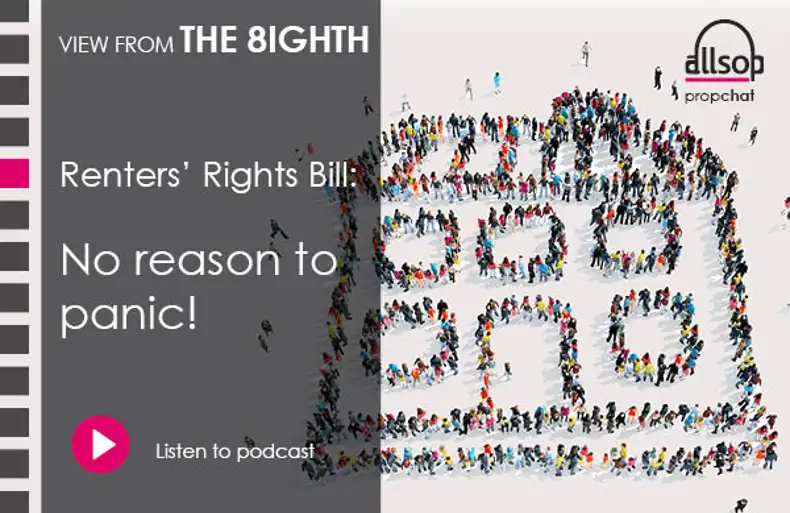Help to Buy was brought in as a short-term solution to aid first time buyers and those struggling to move up the property ladder. Since its launch in 2013, the equity loan scheme has supported nearly 240,000 property purchases overall, the equivalent of £13.46bn. Around 190,000 (81%) of those have been to first-time buyers.
The equity loan, which allows eligible purchasers to buy a new build property with only a 5% deposit, is due to be scaled back in 2021, when it will be restricted to first time buyers only and regional price caps will be introduced, with the scheme finally ending in March 2023.
In Yorkshire & the Humber, the maximum property purchase through the initiative will drop from £600,000, to the expected regional price cap of £228,100. These caps are set at 1.5 times the estimated regional average cost of a home for a first-time buyer.
The regional caps mean the scheme will only apply to homes below a certain value, and this ceiling price will vary from region to region. High value areas could suffer if new build property prices are above the proposed regional price caps.
At present, the government does not intend to introduce a further Help to Buy Equity Loan scheme after March 2023, and whilst not everyone will mourn the passing of Help to Buy, the scheme has certainly assisted a number of first time buyers. One of its main criticisms has been that it has artificially inflated the prices of new homes, making national housebuilders the main beneficiaries of the scheme.
So, what comes after Help to Buy?
As the scheme has accounted for over 60% of all new home purchases for some national housebuilders, a follow-on scheme from 2023 may be essential to maintain the buyer demand levels necessary to achieve the Government’s 300,000 new homes target every year.
In December 2019, the Queens Speech outlined a possible follow on for first time buyers. Whilst we do not have full details yet, funded by developers, the First Homes Initiative, would allow buyers up to 30% discount on new homes in their respective local area.
However, different routes to property ownership are already starting to emerge, including Shared Ownership, which is likely to play an increasing role in the property market. The product has proven particularly popular with aspiring homeowners as it allows them to staircase ownership over time, but that alone will not replace Help to Buy.
It has yet to be seen how SME developers can take advantage of the withdrawal, but there is an opportunity opening in the market, and it is vital for all developers to adapt strategies and work out what exposure to Help to Buy they have right now, and how to mitigate this over the next few years. There will likely be a rise in private rental schemes, with smaller developers entering the build to rent market, but this model is not always deliverable for smaller SME housebuilders. Of course, it should be said that a well-priced, high quality new build site, with a traditional sales approach, will always have a place in the market, as it has done before and throughout the Help to Buy period.
Despite concerns over the impact of a withdrawal of the scheme on housing starts, the Government has given no indication that an extension or alternative is planned, raising questions around how the market, particularly developers, will cope in its absence. The end poses a new challenge for the industry, but with change comes opportunity, and for those ready to innovate, an opportunity may arise.




